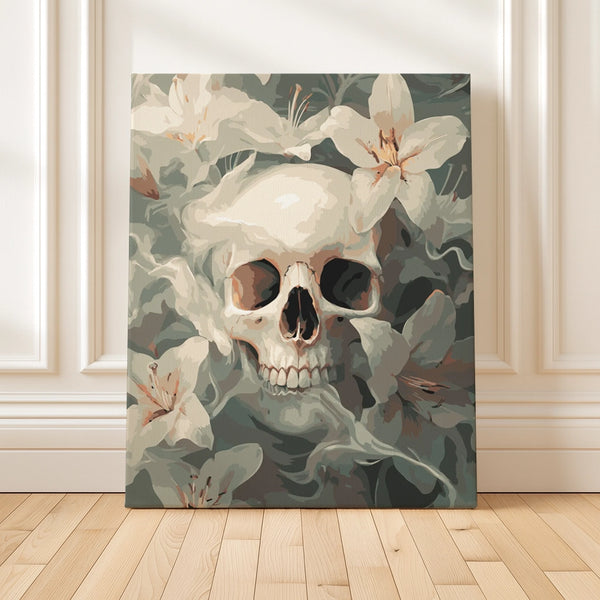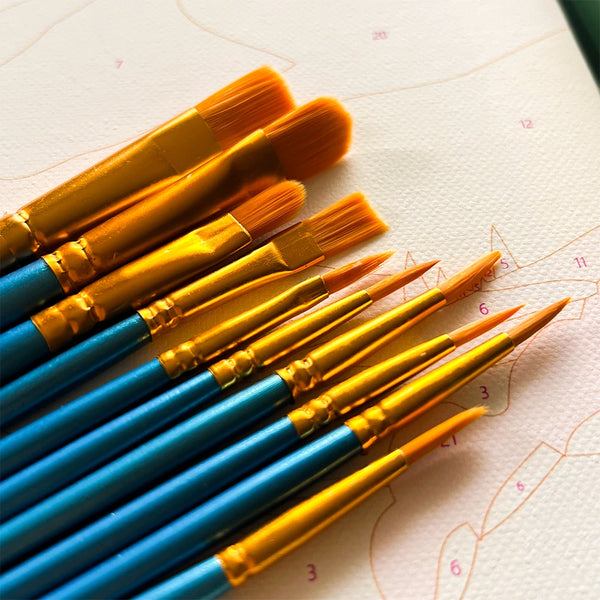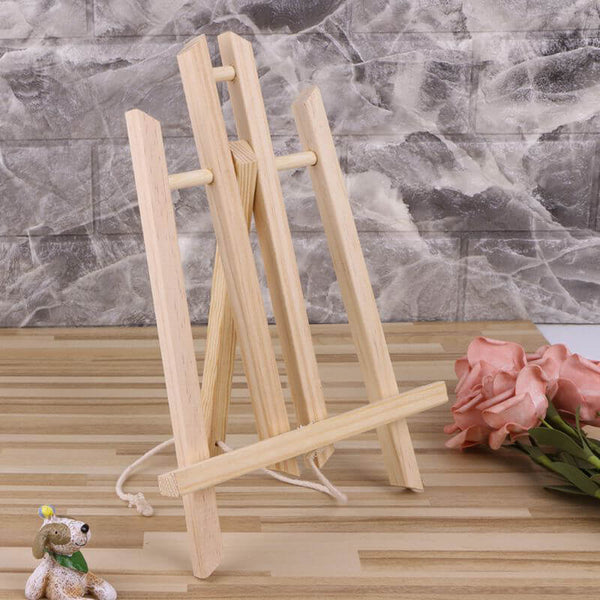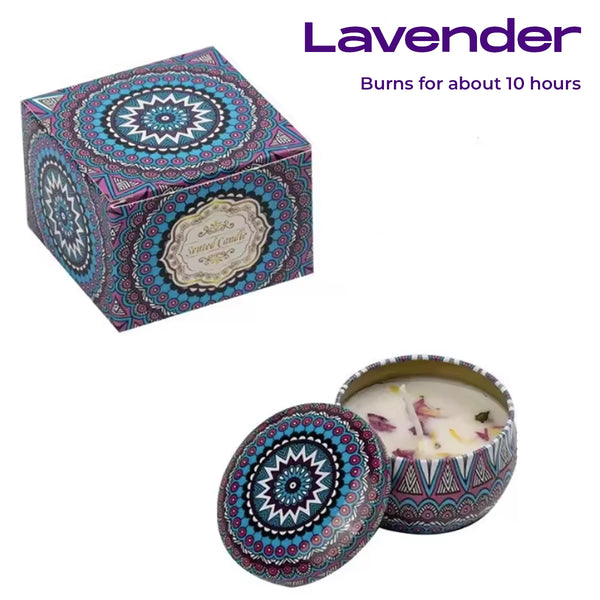You bought a paint-by-numbers kit, and it has arrived. You cannot wait to start with it, you want to unleash the artist in you. But wait! Do you want tips on how you can land that perfect painting? The one without any mess? The one that looks professional and straight-out-of-an-art-museum? We have you covered!
Here are a few tips to make your paint-by-numbers look better and artsier-
What all comes in the paint-by-numbers kit?
- The ‘Rolled’ Kit - You get a painting with numbers printed on a linen canvas, brushes, paints, and a color guide
- The ‘DIY’ kit - In addition to all the contents in the previous kit, you get a Do-It-Yourself (DIY) frame for your canvas which you can assemble once you are done with your painting. The frame will be a cherry on top of your beautiful piece of art!
- The ‘Framed’ kit - In this kit, you will get an already framed canvas and all other items in the first kit.

How to be a pro at paint-by-numbers?
- The first step in making paint-by-numbers look better is buying the best kind of paint-by-numbers set. A higher-quality set will give you better results. Our kits here at Simple Painting only contain the best quality paints and brushes.
- Flatten the canvas (it comes rolled) so that painting is easy. You can use cardboard as a base and masking tape to tape the edges of the canvas to the cardboard. This way, the canvas stays in place too.
- One of the best paint-by-number tips is to cover up the numbers before you apply the paint. Sometimes the designated number on the canvas can show through the paint if the consistency is thin or the color is a lighter shade. So use a simple white pencil to cover this up.
- Start with painting the lighter colors first, then move on to darker shades.
- Don’t add water at all! Keep your canvas dry at all times. Make sure you do not add water to those paint wells. Always dip a dry paintbrush to pick up your paint.
- The kits come with Acrylic paints. On your first day- paint just one area and let it dry first. This will give you an idea of how the paint is drying, whether you are applying too little paint or if there are white gaps in your application.
- Don’t be in a haste. Take your time
- Blend when the paint is wet!
- Work gently and slowly. Smaller brush strokes are your best bet.
- Stick with smaller areas to start. The more you practice, the more daring you can be.
- Use blending for specific objects that make the most logical sense (ie. an ocean, the sky, a distant landscape, etc.)














